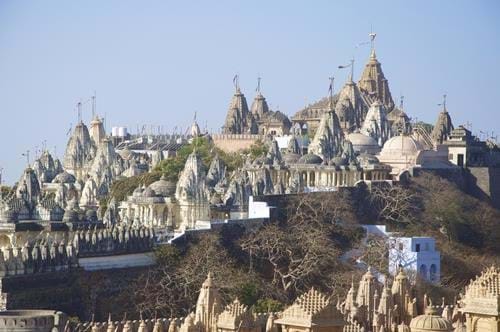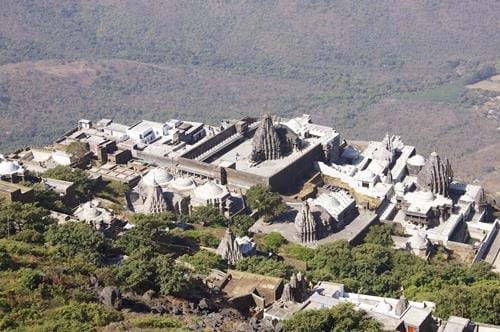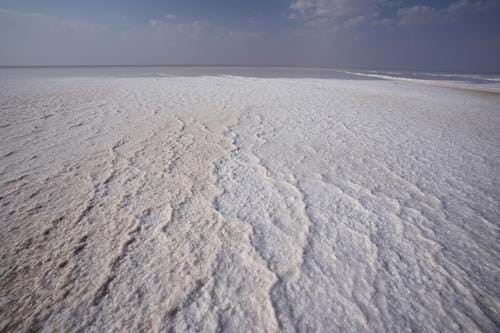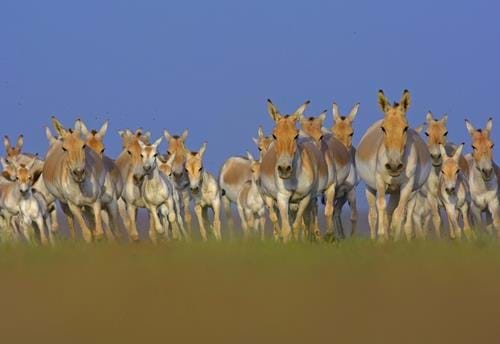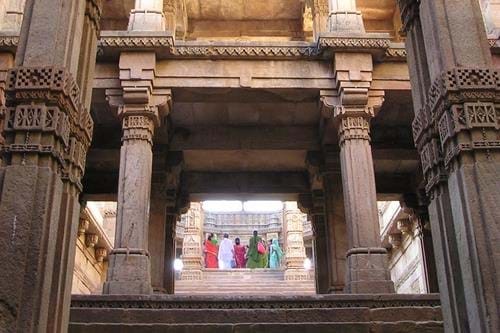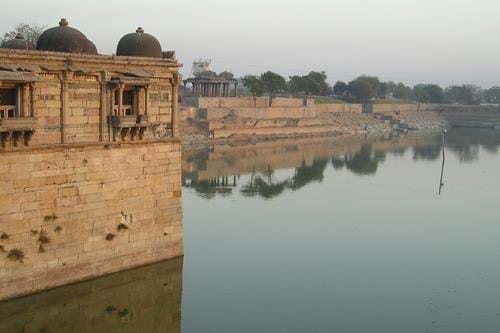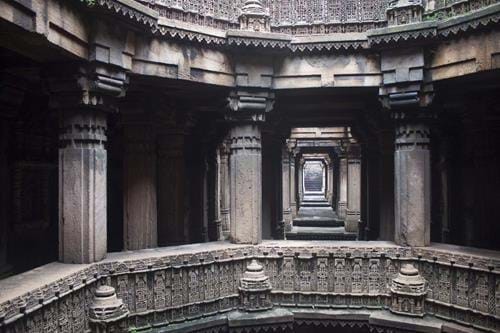Tailor-Made Tour
- Duration16 Days
- Flights IncludedYes
- Prices From £ 3670
 Places Visited :
Mumbai, Bhavnagar, Gir National Park, Junagadh, Gondal, Bhuj, Dasada, Ahmedabad
Places Visited :
Mumbai, Bhavnagar, Gir National Park, Junagadh, Gondal, Bhuj, Dasada, Ahmedabad
This is a comprehensive tour covering a broad spectrum of different sights and experiences. In the course of a 16 well-paced days, you’ll visit ethereal hilltop temple complexes, stay in a gloriously old-fashioned Maharaja’s palace, see the last remaining wild lions in India and explore the chimeric landscape of the Ranns of Kutch, visiting villages of various minority communities where elaborate forms of traditional dress and architecture remain prevalent. In terms of historical vestiges, few tours in Asia cover a comparable span. At Lothal, you’ll walk on docks where ocean-going ships moored 4,500 years ago, while Mumbai and Ahmedabad present the modern face of India at its most dynamic and vibrant.
Remember, this trip can be personalised to suit your travel needs - we can tailor everything from hotel, travel type, duration and more.

